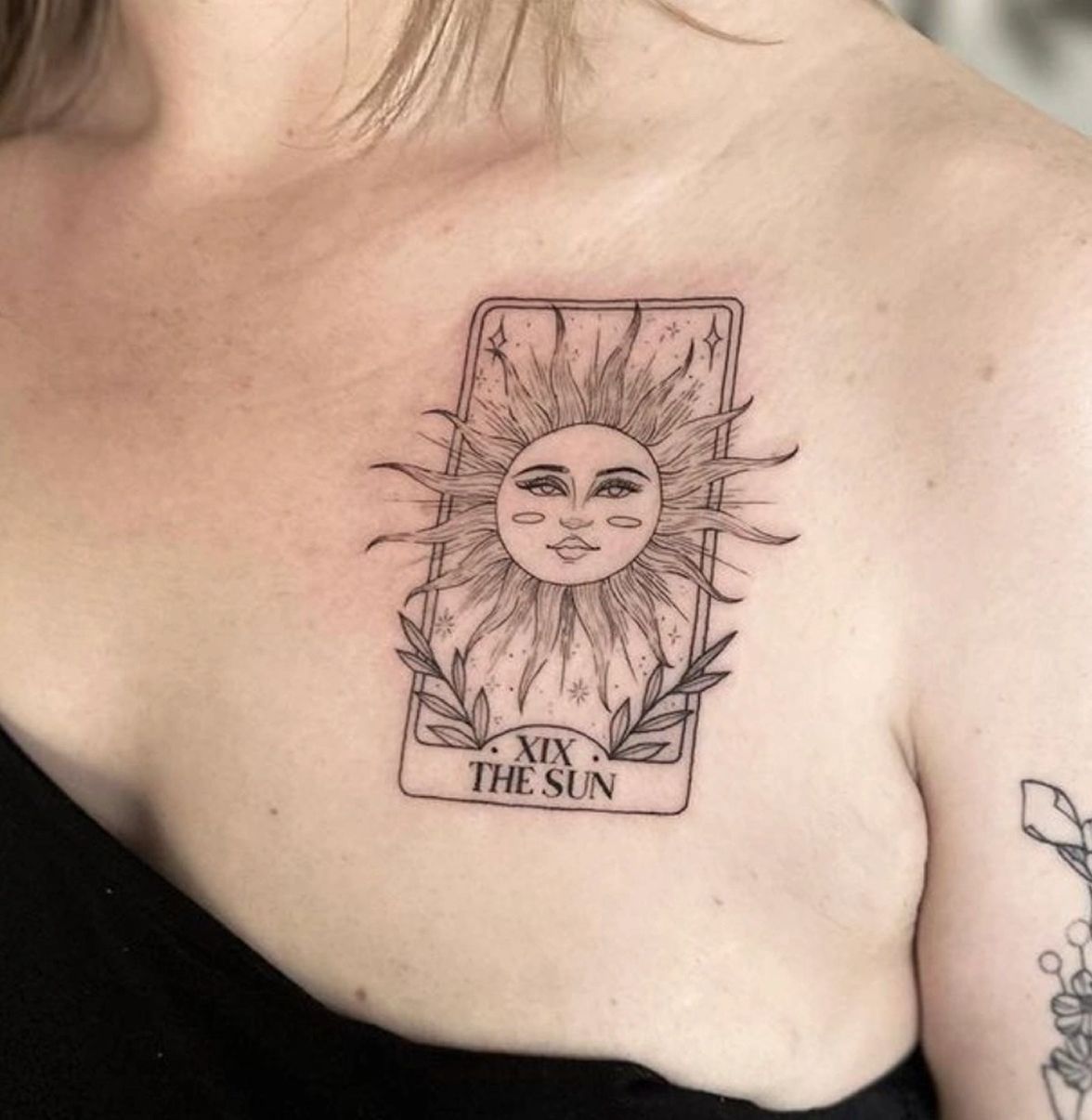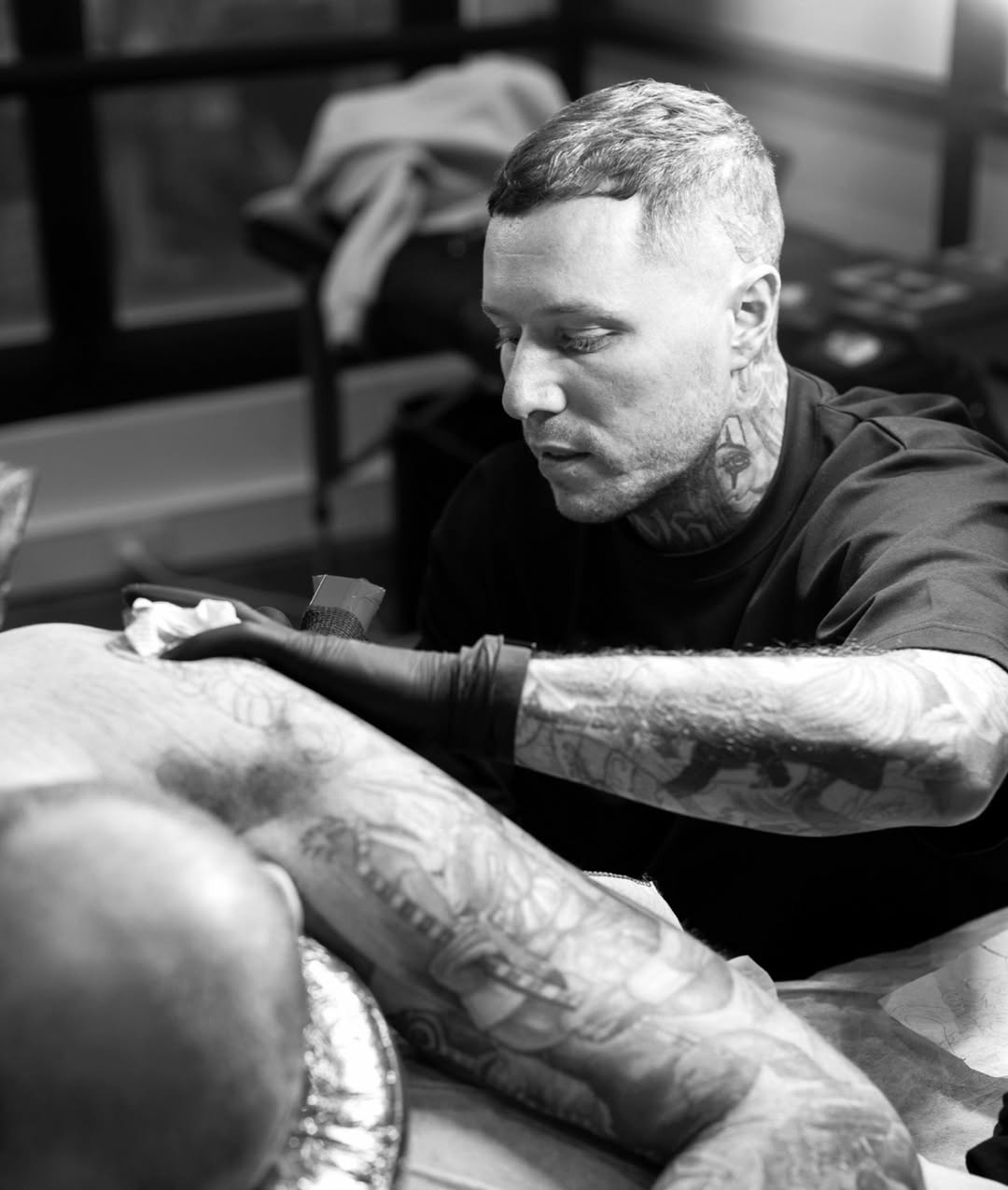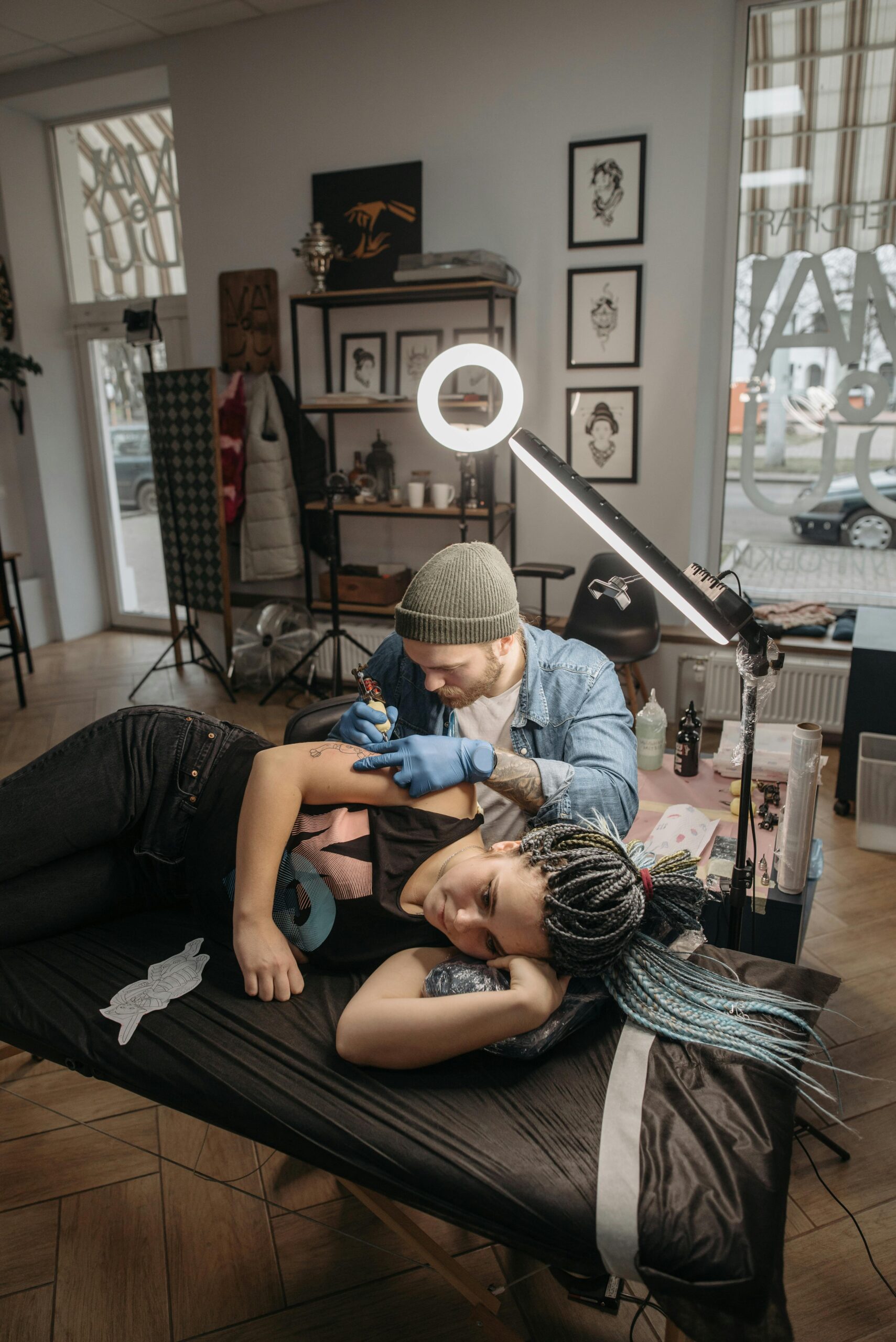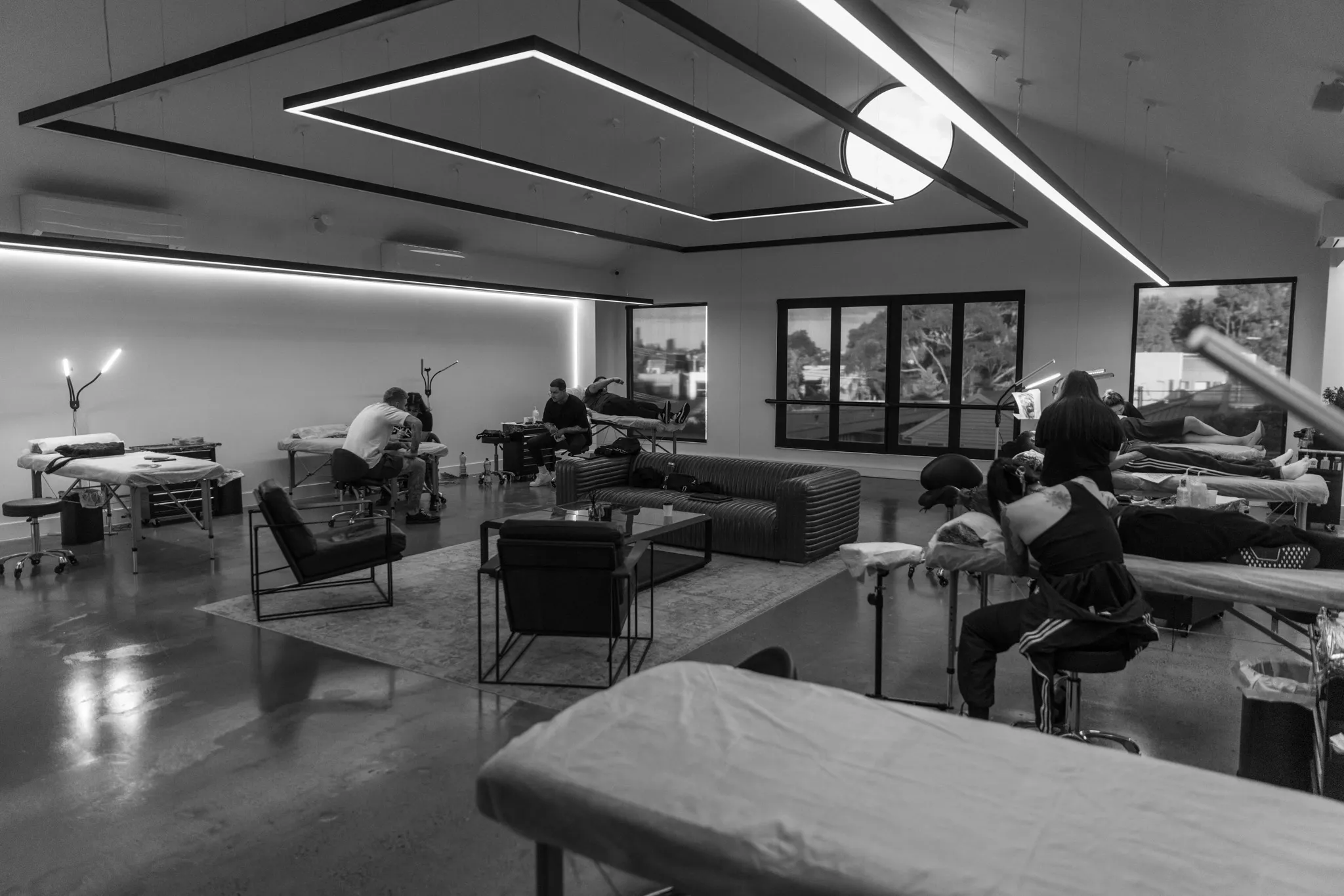The Technical Foundation of Fine Line Mastery
Fine line tattooing operates on different principles than traditional bold-line work, requiring specific technical knowledge that general tattoo training barely addresses. Professional fine line tattoo courses dedicate extensive time to understanding the physics of thin-line application, the chemistry of ink behaviour in minimal deposits, and the biology of how fine lines heal and age in skin.
The margin for error in fine line work approaches zero. A traditional tattoo might forgive slight depth variations or minor hand tremors, but fine line tattoos reveal every imperfection. This technical demand explains why fine line specialists command premium rates—the skill requirement eliminates casual practitioners and maintains scarcity in the market.
Understanding skin as canvas becomes crucial when working with single needles and minimal ink deposits. Fine line tattoo courses teach reading skin texture, identifying optimal placement for delicate designs, and recognising when skin conditions make fine line work inadvisable. This knowledge prevents disappointments and protects artist reputation.
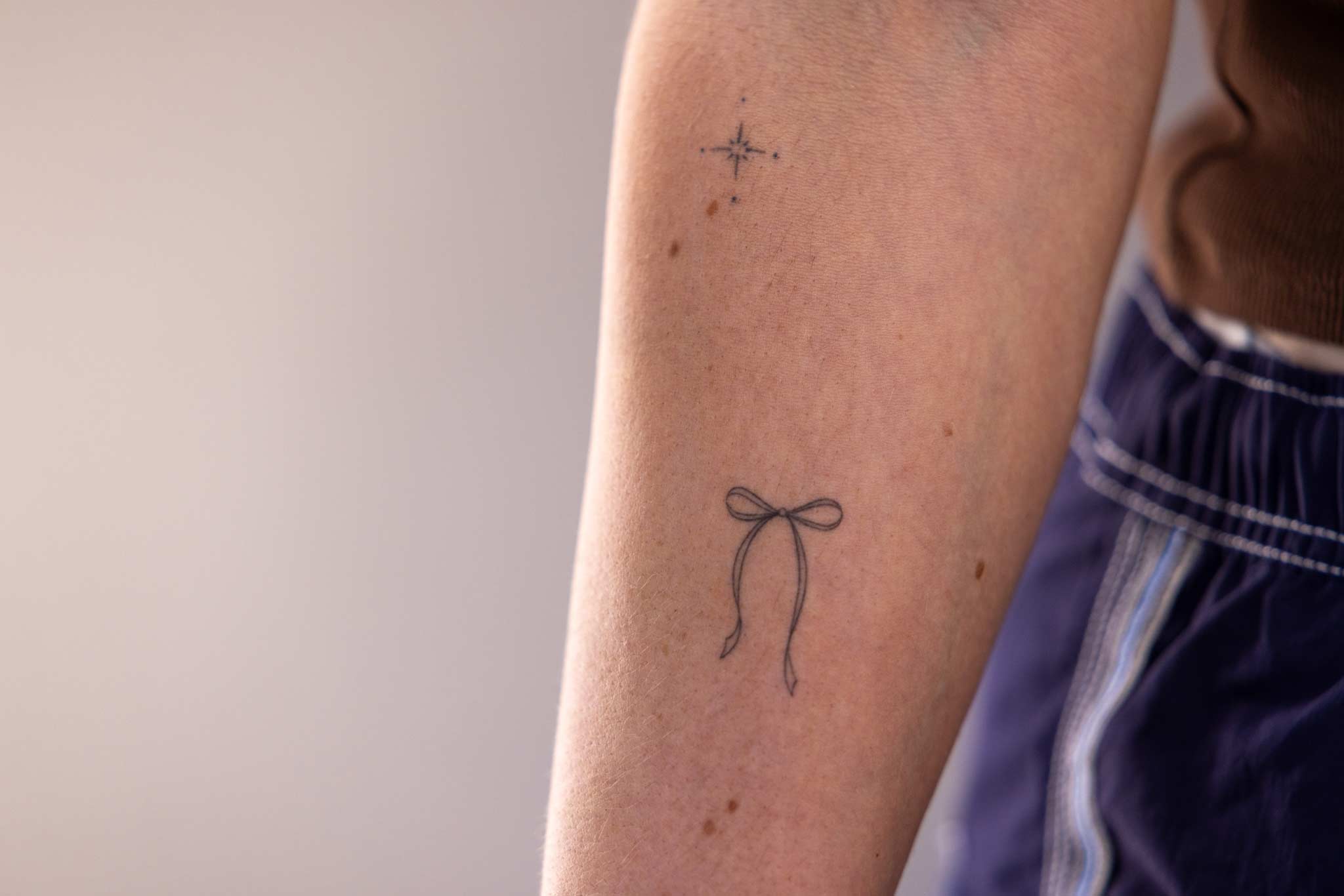
Needle Selection and Configuration Mastery
Fine line success begins with appropriate needle selection—knowledge that separates specialists from generalists attempting fine line work. Professional tattoo courses teach the subtle differences between needle manufacturers, understanding how taper length affects line quality, and recognising when traditional needles versus cartridges best serve specific techniques.
Single needle work, the foundation of ultra-fine lines, requires different handling than grouped needle configurations. Students learn optimal angles for consistent ink flow, pressure variations for different line weights, and speed considerations that prevent skin trauma while ensuring proper ink deposit.
Bugpin needles—with smaller diameter pins creating tighter groupings—revolutionised fine line possibilities. Courses explain when bugpins excel versus standard needles, how to adjust machine settings for different needle types, and why certain combinations produce superior results for specific techniques.
The relationship between needle configuration and design possibility becomes clear through systematic exploration. Students discover why certain needles create crisp geometric patterns while others excel at organic flowing lines. This knowledge enables intelligent needle selection rather than trial-and-error approaches.
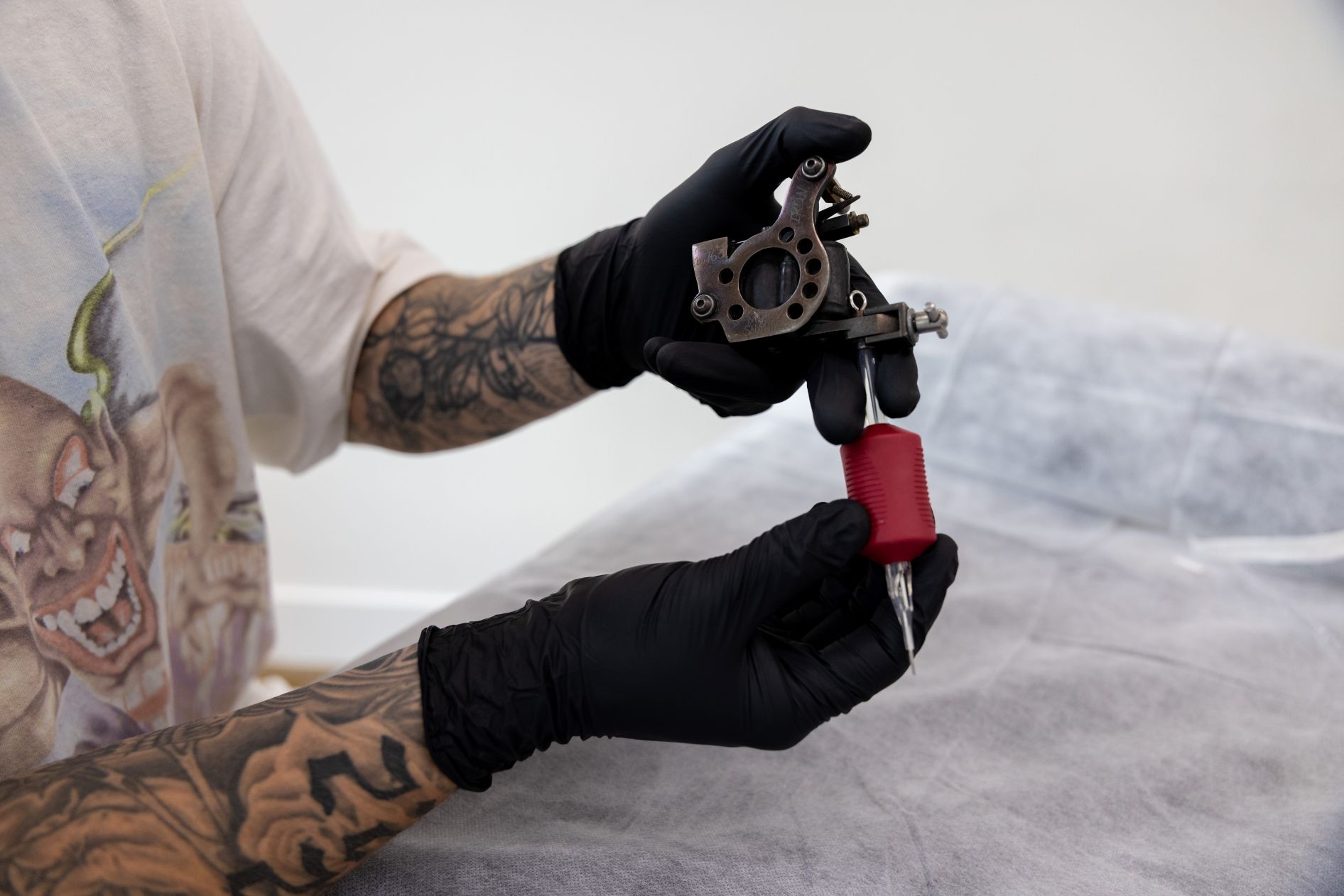
Machine Settings and Hand Techniques
Fine line tattooing demands precise machine control that differs markedly from traditional tattooing approaches. Voltage settings for fine line work typically run lower than bold line applications, but the exact sweet spot varies with needle configuration, machine type, and individual technique.
Hand speed versus machine speed relationships determine line consistency. Fine line tattoo courses teach finding personal rhythm where hand movement and machine operation synchronise perfectly. Too fast creates skipping and inconsistent saturation. Too slow causes ink pooling and potential blowouts.
Stretch technique becomes absolutely critical with fine line work. The course covers three-point stretch methods, when to use gloved versus bare hand stretching, and how to maintain consistent tension throughout long lines. Poor stretching causes more fine line failures than any other technical error.
Hand positioning and support strategies prevent fatigue-induced quality degradation. Students learn bracing techniques, optimal arm angles, and when to break long lines into segments rather than attempting continuous passes. These ergonomic considerations enable consistent quality throughout long sessions.
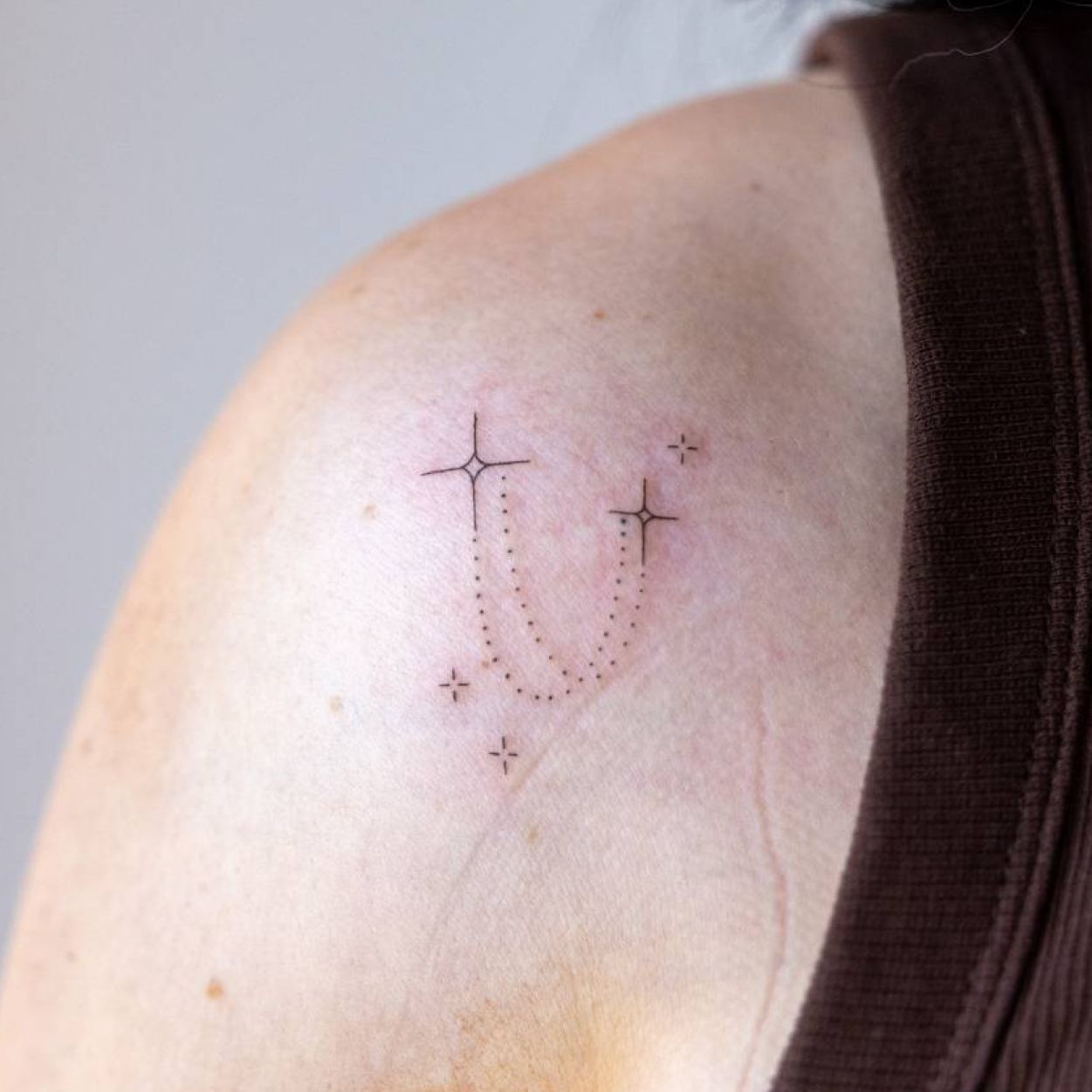
Design Principles for Fine Line Excellence
Fine line design requires different thinking than traditional tattoo design. Bold traditional work relies on strong outlines containing colour and shading, but fine line pieces must communicate entirely through delicate linework. Tattoo courses teach simplification without losing recognition, creating visual interest through line weight variation, and designing for long-term ageing.
Geometric precision in fine line work demands understanding mathematical principles underlying appealing designs. Students learn golden ratio applications, symmetry creation techniques, and how to maintain consistency across complex patterns. Digital design tools become essential for creating precise templates.
Botanical fine line work—extremely popular in current markets—requires understanding plant structure and growth patterns. Courses teach stylising natural forms while maintaining botanical accuracy, creating depth through line density rather than shading, and positioning designs to complement body contours.
Script and lettering in fine line style presents unique challenges. Students master consistent letter height and spacing, learn when serif versus sans-serif fonts reproduce better as tattoos, and understand how to prevent script from becoming illegible as it ages.

The Healing Process and Long-term Outcomes
Fine line tattoos heal differently than traditional bold work, requiring modified aftercare approaches and different client education. Professional fine line tattoo courses extensively cover healing phases specific to minimal-trauma fine line application and how to guide clients through optimal healing.
The dreaded blowout—where ink spreads beneath skin creating blurred lines—represents fine line work’s biggest risk. Our tattoo courses teach recognising blowout risk factors, adjusting technique for different skin types, and managing client expectations about healing variations.
Ageing considerations influence every aspect of fine line design and application. Students learn how fine lines spread over years, why certain placements age better than others, and how to design pieces that remain attractive despite inevitable changes. This forward-thinking approach builds reputation and client satisfaction.
Touch-up techniques for fine line work require different approaches than traditional tattoo refreshing. Courses cover when touch-ups are advisable versus inadvisable, how to refresh faded lines without creating thick, ugly overlays, and managing client expectations about fine line longevity.
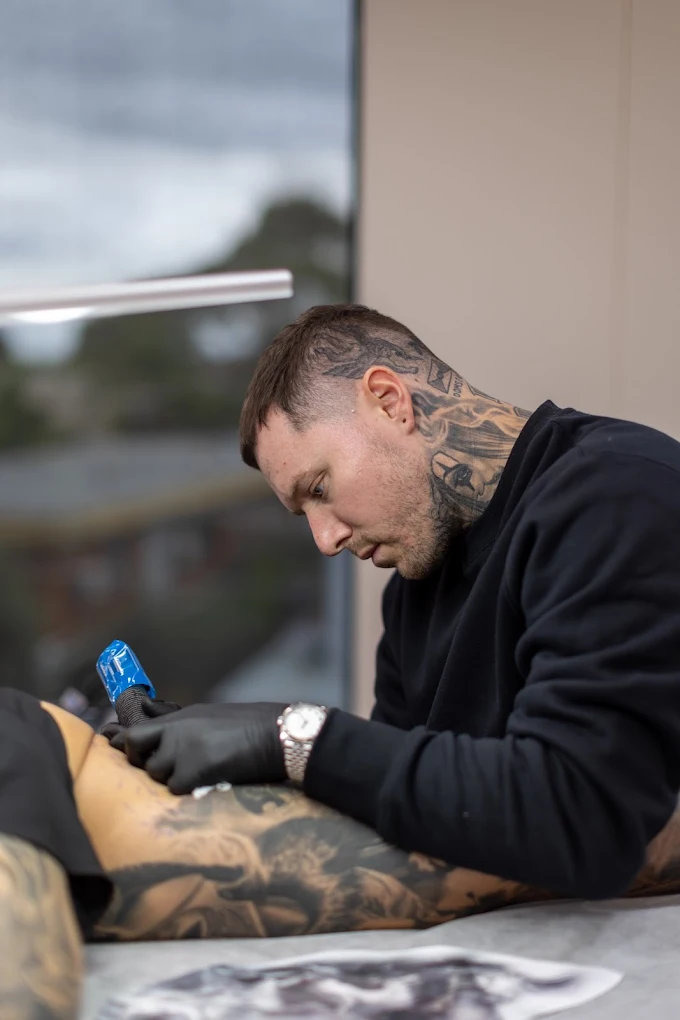
Building Speed Without Sacrificing Quality
Professional fine line tattooing requires efficiency alongside precision. Courses systematically develop speed through structured exercises progressing from slow, careful work to professional-pace execution maintaining quality standards.
The speed development process follows predictable stages. Initial focus on accuracy regardless of time, gradual introduction of time awareness, structured speed drills with quality checkpoints, and finally, natural rhythm development where speed becomes unconscious.
Preparation efficiency often impacts session success more than actual tattooing speed. Courses teach workspace organisation for smooth workflow, stencil preparation techniques saving application time, and client positioning strategies minimising repositioning needs.
Mental preparation and focus techniques prevent speed-induced errors. Students learn pre-session rituals creating proper mindset, concentration maintenance strategies for long sessions, and recognising when fatigue compromises quality requiring breaks.
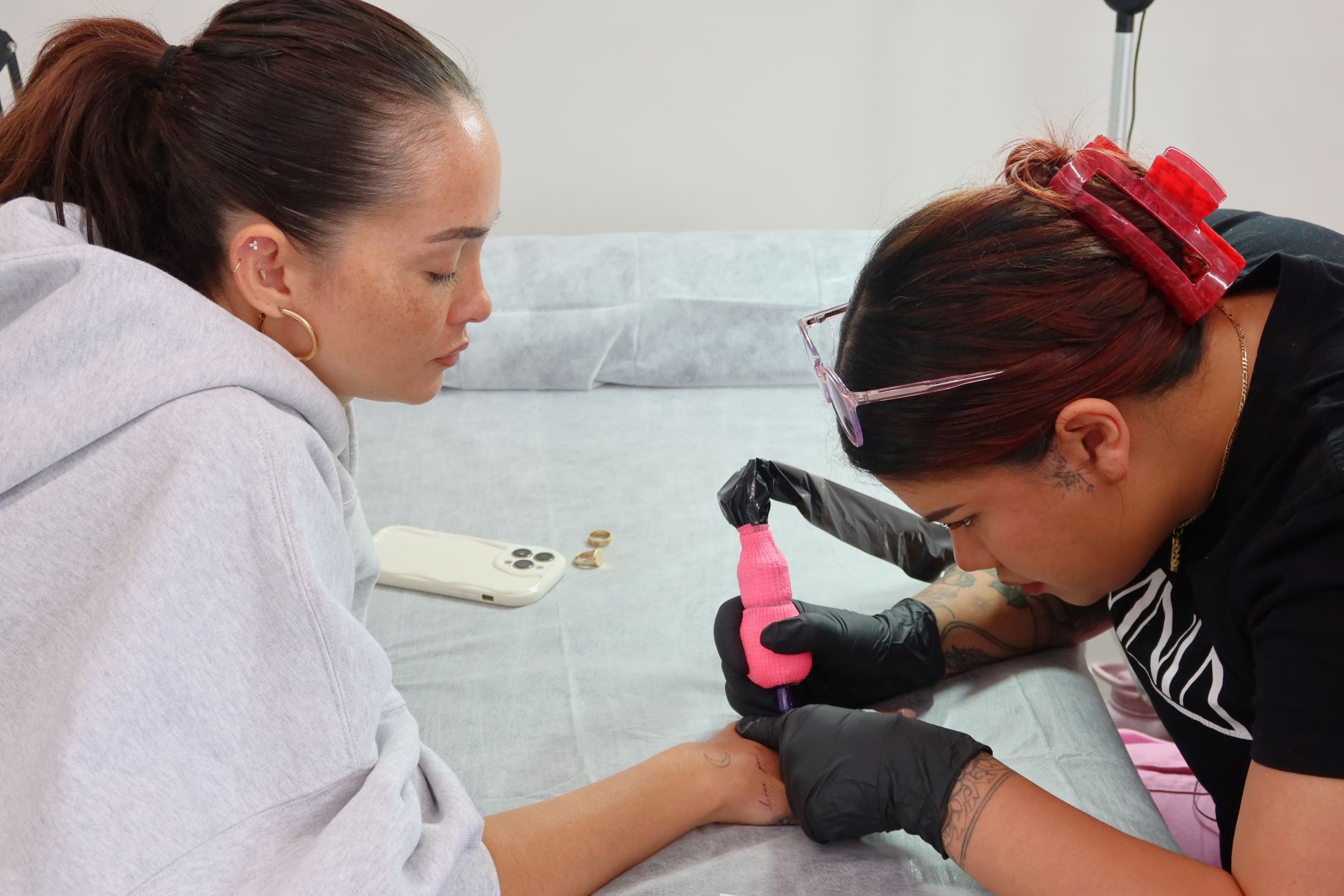
Troubleshooting Common Fine Line Challenges
Every fine line artist encounters standard problems requiring systematic solutions. Professional courses provide troubleshooting frameworks addressing common issues before they become reputation-damaging mistakes.
Inconsistent line weight—where lines vary thickness unintentionally—often results from pressure variations or needle depth changes. Courses teach maintaining consistent hand pressure, recognising when needle wear affects performance, and adjusting technique for different skin areas.
Shaky lines plague beginners attempting fine line work. Solutions include proper breathing techniques, strategic line breaking at natural points, and equipment modifications improving control. Students learn when shakiness indicates technique problems versus equipment issues.
Ink flow problems causing skipping or flooding require understanding multiple variables. Our tattoo courses cover needle quality impacts, ink consistency adjustment, and machine tuning for optimal flow. Students develop diagnostic skills identifying root causes rather than guessing at solutions.

Your Path to Fine Line Excellence
Mastering fine line techniques through professional online tattoo courses provides entry into tattooing’s most requested and profitable specialisation. The technical precision, artistic sensitivity, and problem-solving abilities developed through comprehensive training create sustainable careers in this demanding but rewarding field.
The investment in proper fine line education returns quickly through premium pricing and consistent demand. While YouTube tutorials might show surface techniques, professional courses provide the deep understanding necessary for consistent, professional results that build reputation and referral networks.
Fine line tattooing represents more than just another style—it’s a discipline requiring dedication, precision, and continuous refinement. Professional training provides the foundation, but mastery comes through deliberate practice applying learned techniques. With proper education, commitment to excellence, and respect for the craft, fine line mastery becomes not just possible but inevitable.
